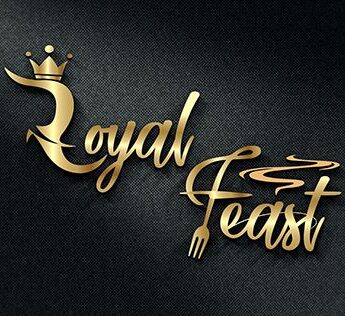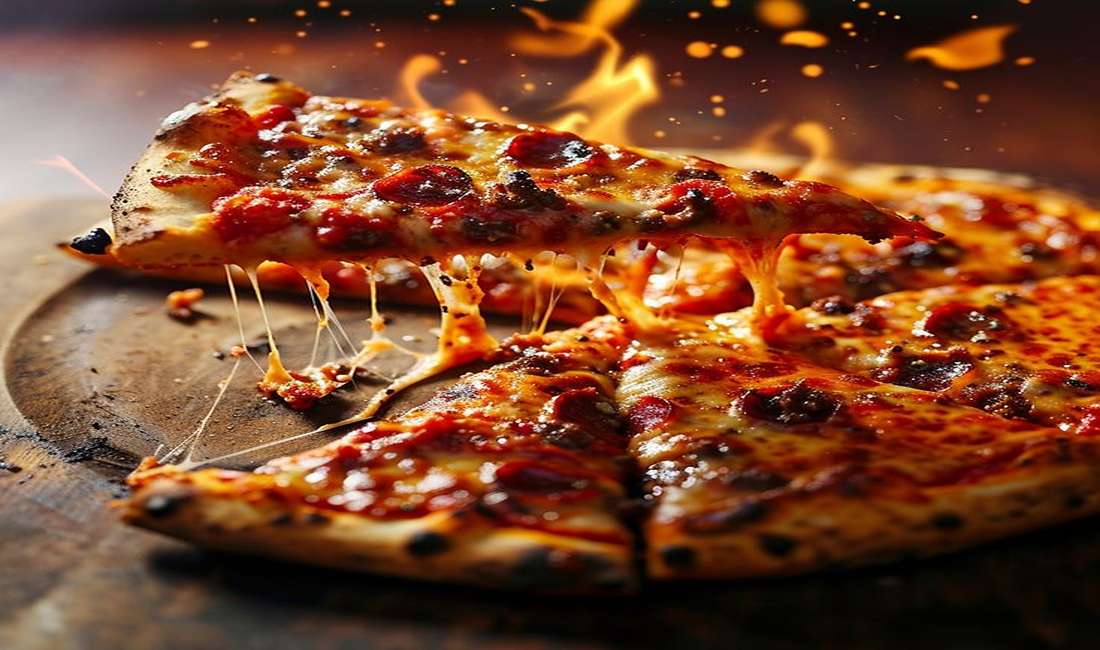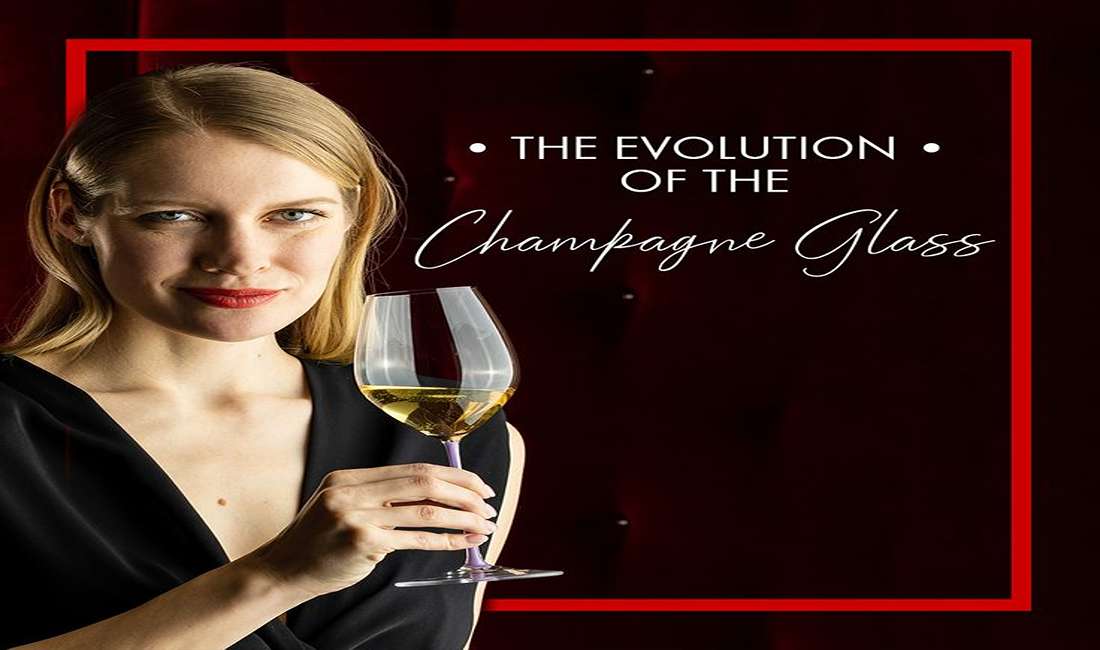
Wine is sometimes called the “nectar of the gods”; it is one of the oldest and most glorified drinks in human history. From ancient rituals to today’s celebrations, wine took center stage in the spheres of culture, gastronomy, and social gathering. This article digs deeper into the history, variety, production processes, and food pairing with this drink, giving enthusiasts as well as novices all they need to know on the subject.
History of Wine
The history of wine starts around 6,000 BCE in what is now called Georgia in Eastern Europe. Archaeologists have evidence that the Mesopotamians, Egyptians and Greeks also used to make wine. Besides being a source of entertainment, it was also an important religious and medicinal product. The Greeks considered wine a present from Dionysus, their god of it, while the Romans perfected the art of making it and spread viticulture throughout Europe.
In the Middle Ages, monasteries remained the only institutions that continued the art of winemaking. They tilled the vineyards and developed ways to make better quality wine because wine formed a big part of their religious ceremonies. The Renaissance brought further refinement as well as the opening of trading routes to reach distant markets. In the 19th and 20th centuries, technological change occurred to transform it into a drink that is most accessible and diverse.
How Wine is Made
Wine-making, or vinification, is an extremely precise and careful process whereby grapes turn into the richly flavored drink that we drink. Here are Bordeaux wine Burgundy wine Napa Valley wine Tuscan wine
Harvesting: Grapes picked at the right ripeness, either by hand or through machines. The time for harvesting will affect the taste and quality of the it.
Crushing and Pressing: The grapes crush to extract their juice. In the case of red wines, the juice will be left with the skins, which ferments so that it imparts the color and tannin. White wines, on the whole, do not undergo fermentation with skins.
Fermentation: Ferment the sugars with the juice into alcohol with yeast. Fermentation takes days to weeks depending on how long one would like it wine to ferment.
Maturation: Once fermented, the wine is matured in stainless steel tanks or oak barrels, even bottled. The length of aging may take from a few months to several decades which influences complexity and flavor.
Bottling: When it has reached its desired maturity, then it is filtered and bottled. It will go on to age in bottles before they are sold to consumers.
Types of Wine
There are many varieties of wines divided into many categories according to the type of production, the grape varieties and even the taste profile. The three principal categories include:
1. Red
They are derived from dark grape varieties, thus getting their color from the skin of the grape. This wine typically carries bold flavorings with powerful tannins. Common examples include:
Cabernet Sauvignon: Full-bodied, with dark fruit flavors and subtle spice.
Merlot: Softer and more approachable, it has plum and black cherry flavors.
Pinot Noir: Light-bodied with flavors of red fruits and earthy undertones.
2. White
White wines are always lighter and crisper as compared to reds. They are produced from green or yellow fruits. The common varieties include;
Chardonnay: Versatile, ranging from buttery and oaky to citrusy and crisp.
Sauvignon Blanc: Bright acidity with notes of herbs.
Riesling: Often sweet but sometimes dry, depending on the variety, ranging from floral and fruity aspects.
3. Rosé
Rosé is made by keeping grape skins in contact with the juice just long enough to stain the juice pink. Crisp, with flavors of strawberry, raspberry, and citrus.
4. Sparkling
Carbonation. Carbonation is achieved naturally during fermentation, although today most carbonation takes place after the wine is considered complete. Among its popular varieties are:
Champagne: Champagne has roots in the Champagne region in France. The appeal tends to be sophisticated as well as celebratory in its nature.
Prosecco: An Italian light, fruity sparkling wine.
Cava: Spain’s answer to Champagne, great value.
5. Dessert and Fortified Wines
These are wines that are generally sweeter, enjoyed with or as dessert. Examples include:
Port: A fortified wine from Portugal that provides rich, sweet flavors.
Sherry: From Spain, from dry to sweet.
Ice Wine: Grapes are frozen on it to make a highly sweet flavor.
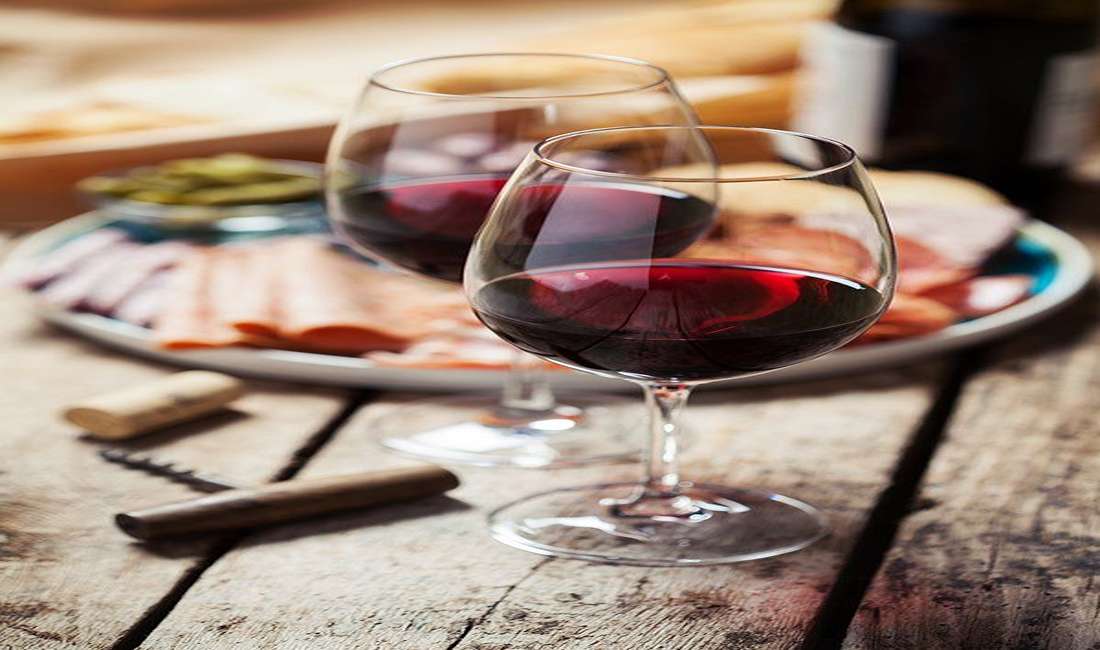
Popular Wine Regions
1. France
Famous for its iconic wine regions:
Bordeaux: Blends of Cabernet Sauvignon and Merlot are the primary reds.
Burgundy: Pinot Noir and Chardonnay
Champagne: The greatest sparkling wines made in the world
2. Italy
Italy brings a diverse it from all regions like:
Tuscany: Chianti and Brunello di Montalcino
Piedmont: Barolo and Barbaresco, primarily Nebbiolo
Veneto: Prosecco
3. Spain
Rioja: Big red, Tempranillo for the most part
Catalonia: Where Cava originated
4. United States
California: Napa Valley and Sonoma are Cabernet Sauvignon, Zinfandel and Chardonnay country.
Oregon: Pinot Noir is the claim to fame.
5. Australia and New Zealand
Australia: Shiraz and full-bodied red blends rule.
New Zealand: For its crisp Sauvignon Blanc from Marlborough.
Wine with Food
Wine and food pairing makes the dinner taste even better. Here are some of the classic pairings:
1. Red Wines
Cabernet Sauvignon: Pairs well with grilled meats, steaks, and hearty stews.
Pinot Noir: Pairs well with salmon, duck, and mushroom dishes.
2. White Wines
Chardonnay: Pairs well with creamy pasta dishes, roasted chicken, and seafood.
Sauvignon Blanc: Pairs well with fresh salads, goat cheese, and light fish dishes.
3. Rosé Wines
Rosé is a very versatile that pairs well with light appetizers, grilled vegetables and Mediterranean dishes.
4. Sparkling Wines
Champagne: Goes well with oysters, caviar and fried foods.
Prosecco: Pairs well with soft cheeses and fresh fruit.
5. Dessert Wines
Port: Pair it with chocolate desserts and full-bodied cheeses.
Sherry: To be paired with nuts, dried fruits, and caramel desserts.
Wine Tasting Techniques
Wine tasting is a form of art that transpires through the senses- sight, smell and taste. Now, on how to wine like a pro:
Look: Position the glass in front of a white backdrop and notice the color and clarity of the wine.
Smell: Swirl the wine gently and catch the scent of the head.
Taste: Sip a little, and let it roll in the mouth. Taste the flavors, acidity, tannins and finish.
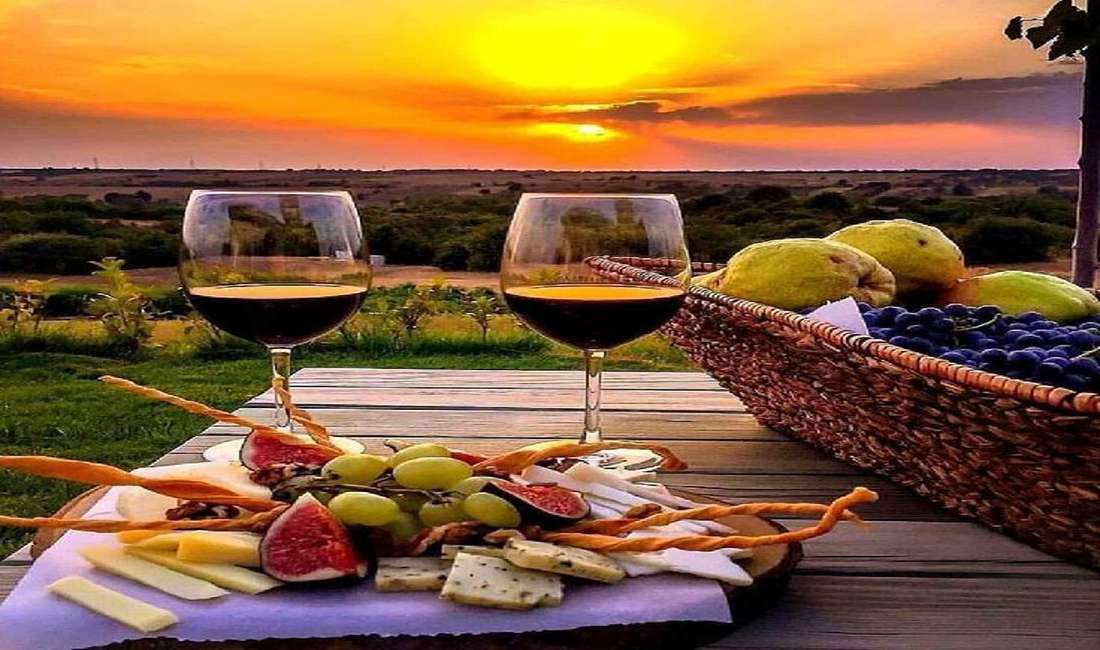
Tips on How to Store Wine
Good storage will keep your wine fresh:
Temperature: 12-15°C or 55-59°F
Humidity: Maintain 60-70% humidity. Avoid letting corks dry.
Position: Store bottles on their side to keep the cork moist.
Light and Vibration: Avoid direct sunlight and vibrations.
Conclusion
It is more than just drinking, it is all a journey through history, culture and flavor. Whether an informal drinker or some dedicated collector, there always exists something new to taste or learn in the domain of wine. It allows the perfect selection of a bottle through perfect pairing. Wine adds riches to our experiences and brings different kinds of people together. Cheers!
